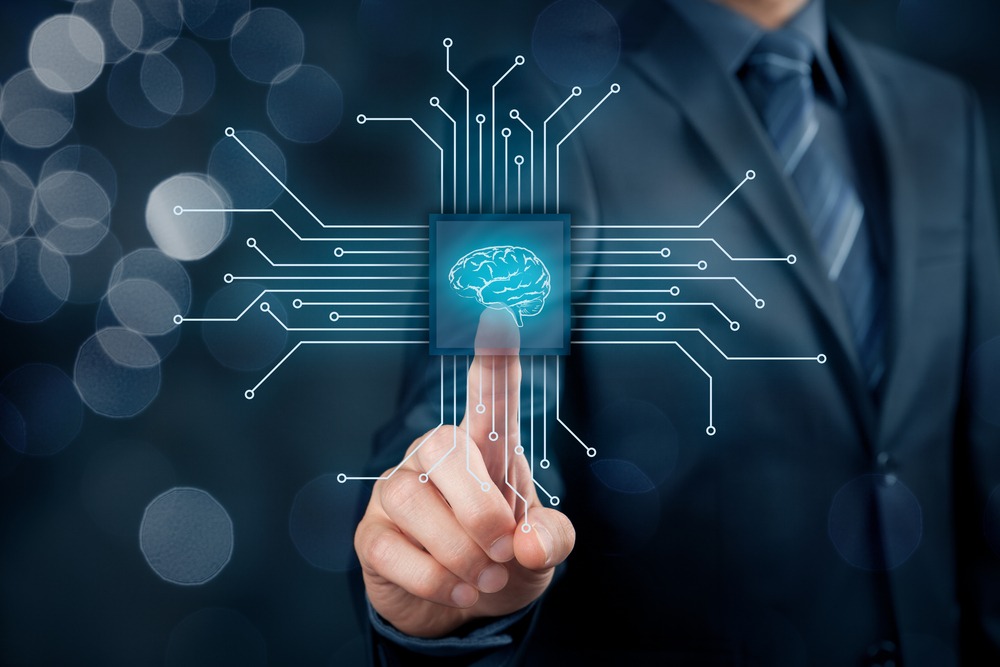 Contextually relevant interactions, at the customer’s moment of truth, are the key to maximizing revenue and customer satisfaction. A relevant, high-impact recommendation is up to 50 times more likely to trigger a purchase than a low-impact recommendation according to research from McKinsey.
Contextually relevant interactions, at the customer’s moment of truth, are the key to maximizing revenue and customer satisfaction. A relevant, high-impact recommendation is up to 50 times more likely to trigger a purchase than a low-impact recommendation according to research from McKinsey.
Taking action at that moment of truth often requires responding in real time to customers’ cues. Real-time marketing spans a spectrum that extends from ad hoc (e.g., one-time targeted communications) to automated (e.g., triggered, dynamic, adaptive) – but the most important aspect is that it needs to be real time from the perspective of the recipient of the message. Consider: Even a Tuesday batch message email blast is still considered real time to the recipient at the time it is opened. Consequently, marketers should incorporate a variety of real-time tactics to improve message relevance.
Not doing so leaves companies open to delivering poor customer experiences. For instance, I recently renewed my home owner’s insurance and three days later received a call reminding me that I was up for renewal. Clearly, my renewal wasn’t a real-time interaction for the company, which is most likely replete with siloed systems and might outsource the calls to a third party.
It may be overwhelming to think about a seemingly endless array of next best action choices needed for real-time, contextually relevant customer interactions. But in practice, real-time marketing is not too complex to layer into an existing marketing strategy or execution process – with some readily available tools and techniques. Plus, many of the analytical capabilities required for this approach are now available to marketers from within their current customer engagement tools — as long as they use those tools, and up-to-date data in a cohesive way.
The Technology That Will Take You There
Forrester Research asserts that more firms will start to assemble “contextual marketing engines” to create self-perpetuating cycles of insight-driven interactions across channels. Today, however, most organizations excel at only one or a few channels and aren’t capable of a next-best-interaction journey across touchpoints.
Advanced real-time personalization requires machine learning and advances in computing capacity that will allow marketers to tap into on-the-fly insights that become triggers for contextually relevant communications. Applying the algorithmic scalability and advanced modeling functionality of machine learning is the only way to effectively scale real-time engagement and make it successful in the long term. Further, machine learning is the most scalable way to understand the circumstance (timing and context) for an interaction with a customer and determine the next best action (engagement).
As marketers move from basic personalized engagement to advanced real-time interactions, they can adapt technologies that will help prepare them to get the most from machine learning.
Crawl, Walk, Run for Real-Time Customer Engagement Success
Begin with a focus on real-time marketing through one channel. For example, use business rules that suppress message volume and offer repetition, run cart abandonment campaigns, build customer segments, and test dynamic personalization in outbound channels. Technologies that support this basic approach include campaign management, email marketing tools, and customer data platforms – solutions that bring together first-, second-, and third-party data, probabilistic and deterministic record matching, and identity resolution to generate a holistic view of the customer.
I can’t overemphasize the importance of properly managing message cadence. As machine learning allows for greater automation, marketers may be tempted to contact customers more frequently. Adding more messages simply because you can will only speed customer fatigue. Marketers need to use analytics tools such as machine learning not only to determine next best actions, but also to determine the optimal frequency, message volume, and offer repetition.
Graduate to incorporating more than one channel in an orchestrated way. Introduce and test multichannel campaigns that comprise at least two channels. Add retargeting and event-based trigger campaigns to the marketing mix. And, establish a customer preference center to inform future campaigns. Technologies that support this more advanced approach include ad tech, content management and e-commerce platforms, and next best action/offer tools, which use advanced analytics such as machine learning algorithms, as well as business rules, to automate decisions across the customer journey.
Progress to more contextually relevant real-time marketing by embracing advanced algorithms and modeling. Begin to coordinate inbound and outbound campaigns. Adopt an attribution model for optimization. Use closed-loop measurement and automate customer lifetime value scoring. Technologies that support contextually relevant real-time marketing include customer engagement hubs, optimizers for targeting and testing, product recommendation engines, and advanced machine learning.
Indeed, machine learning is present all along the journey from basic to advanced contextually relevant real-time marketing. Marketers can use machine learning techniques for customer segmentation, to learn how items such as behaviors and channels affect each other, and to see what patterns are present. They can use machine learning to predict something, find the most important variables, and cut out the “noise” of the information that’s not relevant—all of which helps to personalize campaign elements such as offers and pricing, or encourage current and prospective customers to take an action.
Another aspect of machine learning is optimization. There are myriad ways to segment customers, run campaigns, etc., and there may be multiple “best ways,” each with different positives and negatives. Marketers can use machine learning to optimize on top of those insights.
Keep the Momentum Going
Moving along the path to contextually relevant real-time marketing takes time, but it doesn’t require wholesale changes to a company’s marketing stack.
It’s possible to layer real-time capabilities into an existing infrastructure. The new breed of customer engagement tools, for example, behave like a hub between existing marketing tools, connecting disparate systems, centralizing disparate data, and allowing marketers to trigger next best actions across a variety of systems and channels. But futureproofing customer engagement technology will require marketers to adopt more sophisticated analytical capabilities, such as machine learning and advanced modeling, from within their customer engagement tools.
Any organization can benefit from real-time customer engagement efforts, no matter how basic, or advanced, their current practice may be. But making continued progress means that marketers should be thinking about ways to layer manual, triggered, dynamic, and adaptive real-time engagement into their marketing mix. This means embracing new technologies, connecting disparate data, and applying more sophisticated analytical capabilities such as machine learning to enable real-time contextual interactions.
Be in-the-know with all the latest customer engagement, data management and Redpoint Global news by following us on LinkedIn, Twitter, and Facebook.

